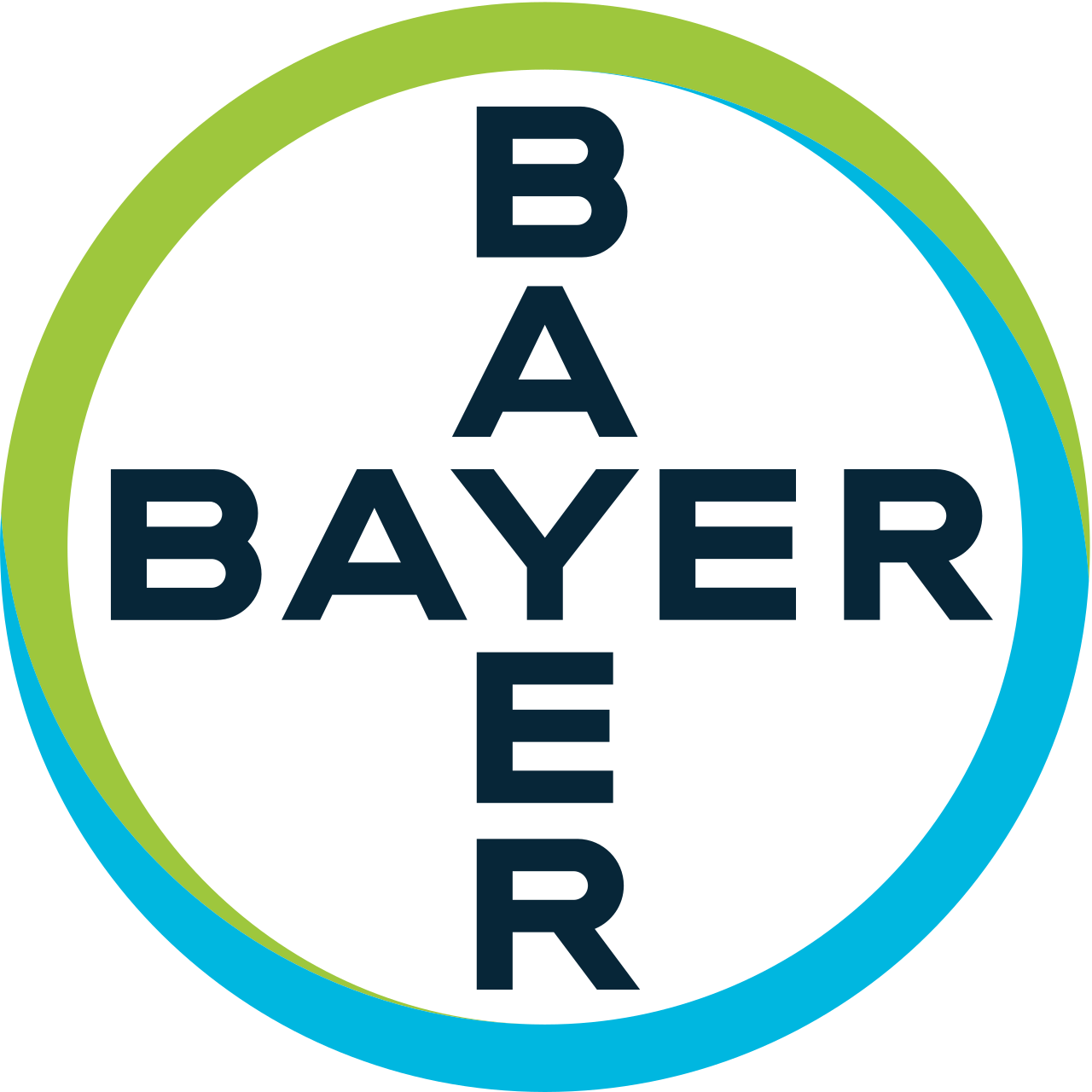Author: Endrikat J, Anzalone N. (biho/ktg)
Source: Magn Reson Insights. 2017;10:1178623X17730048.
Last Updated: January 16, 2018
Five Star Data for Gadovist®
An extensive analysis on safety and efficacy of the extracellular contrast agent Gadovist® demonstrates a favorable safety profile for all patient groups and a good performance across various indications.
The extracellular macrocyclic contrast agent Gadovist® (gadobutrol) is indicated for imaging of the CNS, liver, kidney, breast and heart at a concentration of 0.1 mmol/kg body weight in India. Jan Endrikat, Bayer AG Berlin, Germany, and Nicoletta Anzalone, University Medical School of Saarland, Homburg, Germany, present Gadovist® safety and performance data in different study populations and for different clinical indications.
Safety data from different sources
Comprehensive safety data from Gadovist® applications were gathered from three different sources:
- 42 clinical studies (phase 2, 3 and 4) with 6809 patients
- 7 prospective studies after market launch (post-marketing surveillance, PMS)
- Pharmacovigilance data from 29 million applications
The number of drug-related adverse events (AE) were evaluated for each source.
Results: Safety data from different sources
Clinical studies included 184 children (<18 years) and 6625 adults. A total of 3.5% experienced AEs, most of them nausea, headache, dysgeusia and dizziness. No cases of severe AE were reported.
PMS data included a total of 38007 patients in seven studies, 1142 of them were younger than 18 years. AE occurrence ranged between 0.55% and 0.7%. Serious AEs rated between 0.01% and 0.02%. One recent study (Prince MR et al. 2017) also included patients at risk for contrast media reactions, i.e. with renal impairment or cardiac disease. They had a drug-related AE incidence of 2.5%.
Pharmacovigilance data confirmed the safety profile observed in clinical studies.
Safety data in different study populations
Other studies confirmed the good tolerability of Gadovist® across different study populations. Patients with cardiovascular disease or impaired liver function showed no statistically signifcantly increased risks for AEs. Gadovist® is also well tolerated in patients with impaired kidney function.
Different studies carefully evaluated tolerability of Gadovist® in children (2-18 years) and elderly patients (>65 years). The contrast agent was well tolerated in both groups.
Efficacy in different indications
Studies comparing the diagnostic efficacy of Gadovist® with other GBCAs revealed very good performance for Gadovist®:
- CNS: Higher lesion conspicuity of brain tumors and better contrast-to-noise (CNR) ratio than with Magnevist® (gadopentetate dimeglumine) or Dotarem® (gadoterate meglumine). A single dose of Gadovist® also showed higher sensitivity and accuracy than a double dose of ProHance® (gadoteridol) in detecting brain metastases.
- Angiography: Gadovist®-MRA showed better performance in patients with peripheral arterial occlusive disease (PAOD) than intra-arterial digital subtraction angiography (DSA).
- Whole-body MRA with Gadovist® showed to be as accurate as DSA.
- In the visualization of cerebral vessels, Gadovist® was superior to Magnevist® or Dotarem®, displaying higher signal-to-noise ratio (SNR) and CNR.
- Kidney and liver: Comparison of Magnevist® and Gadovist® revealed a performance nearly as good for Gadovist® as for Magnevist® in kidney and liver imaging.
- Breast: Studies comparing MultiHance® (gadobenate dimeglumine) and Gadovist® in breast imaging found similar sensitivity and specificity for both agents. A large multicenter study (Sardanelli F et al. 2016) revealed an overwhelming superiority for Gadovist®-MRI compared to mammography.
Conclusion
Gadovist® shows a favorable safety profile across different study populations. Its performance in imaging of different organs is similar or even superior to other GBCAs or techniques.
References
Prince MR, Lee HG, Lee CH, et al. Safety of gadobutrol in over 23,000 patients: the GARDIAN study, a global multicentre, prospective, non-interventional study. Eur Radiol. 2017;27:286–95.
Sardanelli F, Newstead GM, Putz B, et al. Gadobutrol-enhanced magnetic reso- nance imaging of the breast in the preoperative setting: results of 2 prospective international multicenter phase III studies. Invest Radiol. 2016;51:454–61.
Remark
For references to all other study data, please refer to the original paper.


